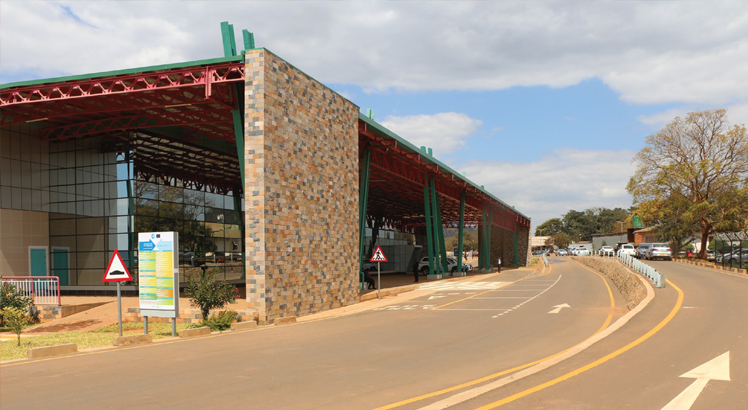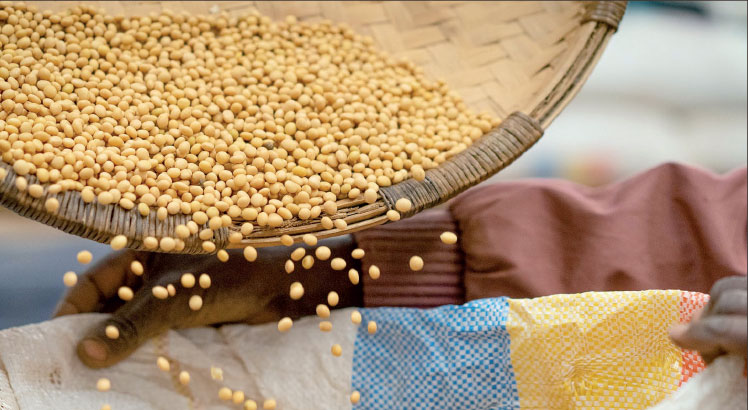Malawi to cash in on Kenya tea deficit
Tea Association of Malawi (Taml), a grouping of large tea estates, says local producers are set to take advantage of a tea deficit in Kenya to maximise their returns.
This comes as producers in Kenya, Africa’s largest tea grower, have sent half of their workers on leave or assigned them non-core duties due to a prolonged drought that has halved production at leaf-processing factories.

Reacting to the development, Taml chief executive officer (CEO) Beyani Munthali said the country has the capacity to tap into the available export market in Kenya.
“Tea buyers can send more tea through the Kenya market owing to the drought. It is encouraged that the teas should also be of good quality. Due to the good rains here, there are available volumes. Last year, we produced more than 50 million kilogrammes [kg].
“However, the purchase of these volumes is also dependent on buyers and their commitment to good prices and the volumes. The current season’s production projection is 45 million kg,” he said.
Munthali said prices have not been favourable at Limbe Auction Market, demonstrating challenges in the market.
He said last year, the price averaged $1.84 (about K1 361) per kg while this year, the price has dropped to $1.41 (K1 034) per kg.
Kenya Tea Growers Association CEO Apollo Kiarii is quoted by Bloomberg as having said that about half of workers who are supposed to run the operation fully are not working and that growers are operating three days a week because there is no crop to pluck.
Workers usually operate six days a week, according to Kiarii.
The average price of tea at Mombasa Tea Auction in Kenya declined about two percent to $1.93 (about K1 428) per kg last week when about 11.1 million kg were offered for sale.
Kiarii said companies under the Kenya Tea Growers Association employ as many as 55 000 workers and Kenya earned $1.4 billion (about K1 trillion) from a record crop of 492.9 million kg in 2018.
In Malawi, figures from the Reserve Bank of Malawi (RBM) show that tea production amounted to 7.3 million kg in February this year, which is higher than 6.8 million kg produced in February 2018 and slightly lower than 7.4 million kg produced in the preceding month.
The figures show that tea sales through the Limbe Auction Market amounted to 1.1 million kg in February 2019 compared to 800 000 kg during the same period in 2018.
However, tea prices in February were low at $1.52 (about K1 124) per kg, a drop from $1.89 (about K1 398)per kg fetched during the same period last year, according to the RBM report.
Due to higher sales in the review month, revenue from the crop peaked at $1.6 million (about K1.1 billion), which is higher than $1.4 million (about K1 billion) realised during the same period last year.
Last year, revenue from tea, the country’s second major foreign exchange earner after tobacco, was $16.1 million (about K12 billion), according to RBM, while in 2017, the commodity wired in $14.5 million (about K10 billion).
Malawi’s tea industry dates back to 1891 when a Scottish planter Henry Brown settled in the country after losing all of his coffee in Sri Lanka due to disease.
Tea is largely grown by large commercial estates as well as smallholder farmers in Mulanje, Thyolo and Nkhata Bay.
Malawi exports it tea to the United Kingdom, United States, South Africa, Canada, Pakistan and the Middle East, according to Taml.





